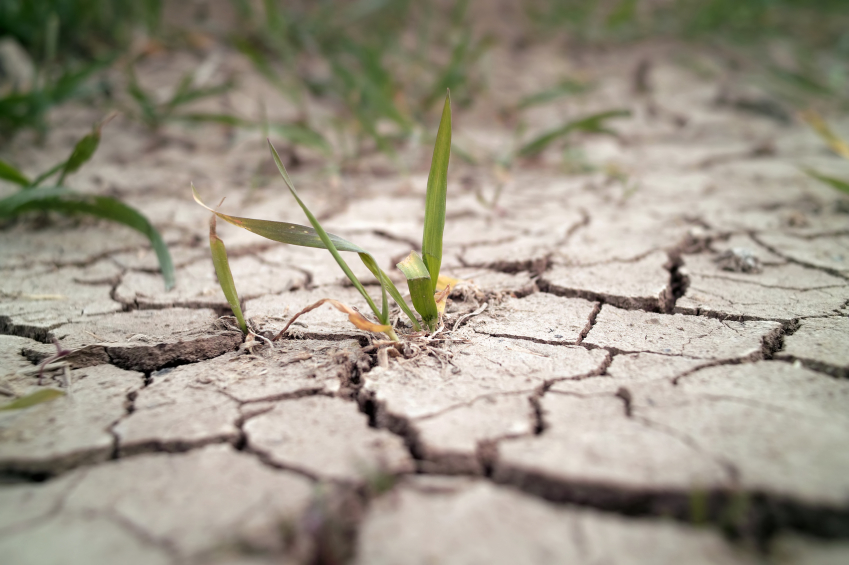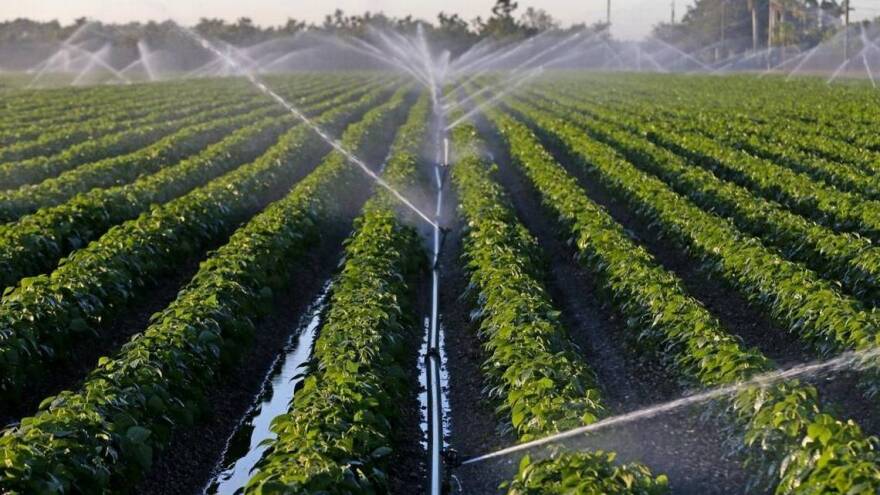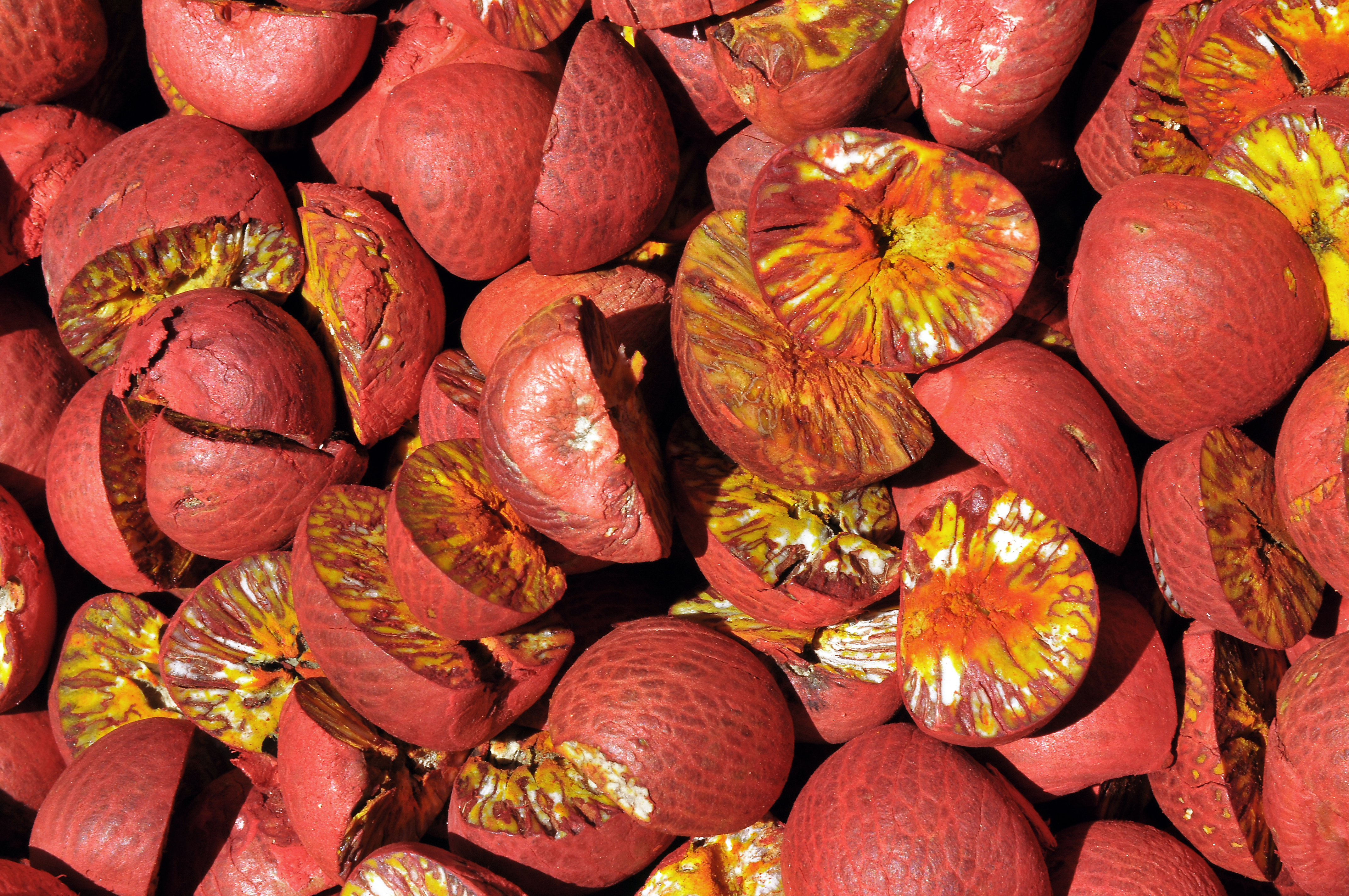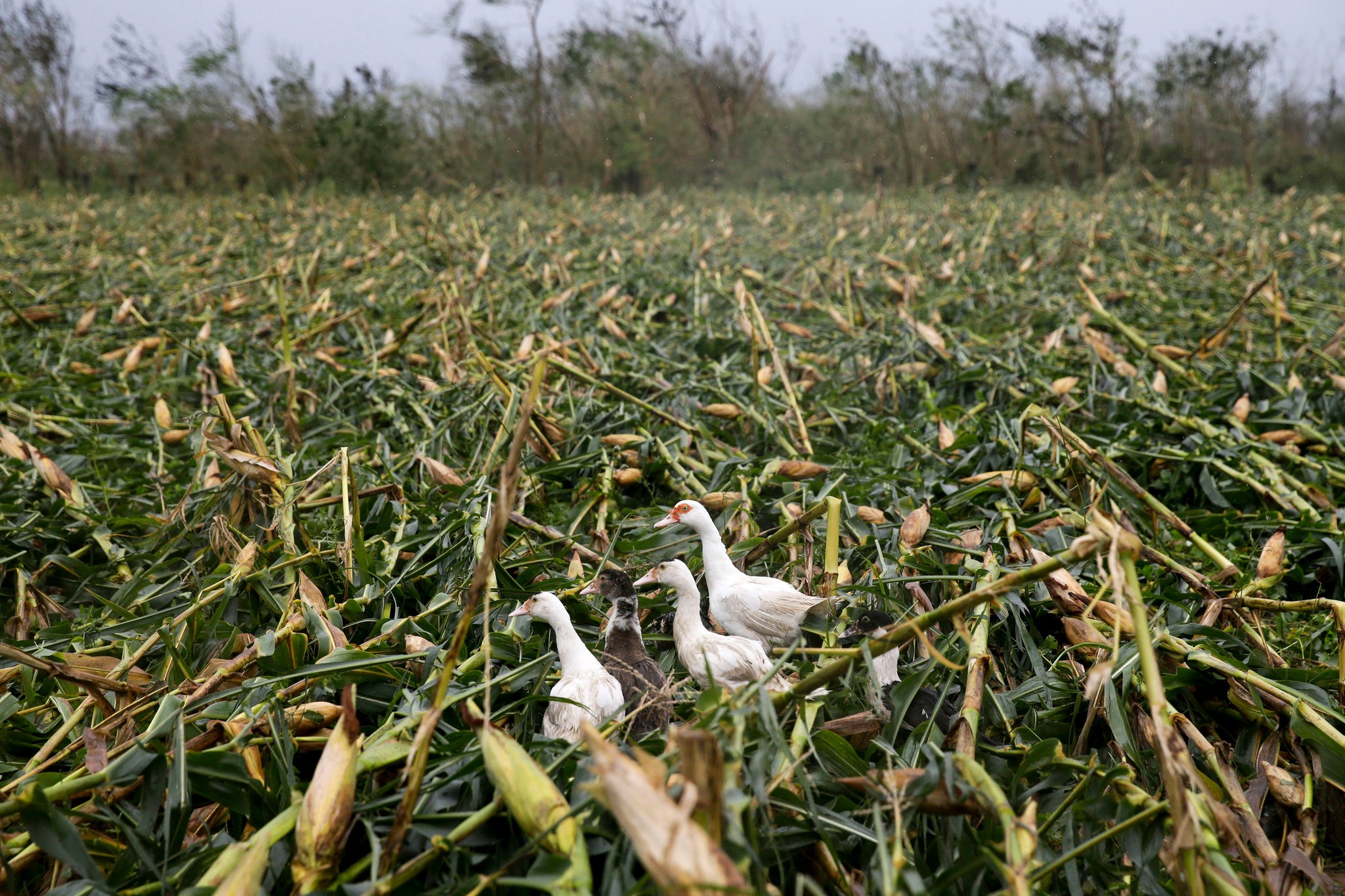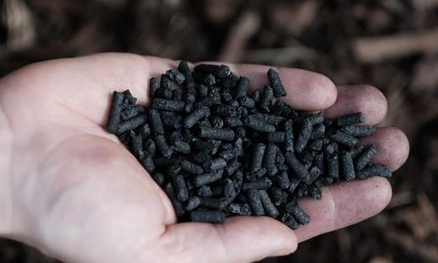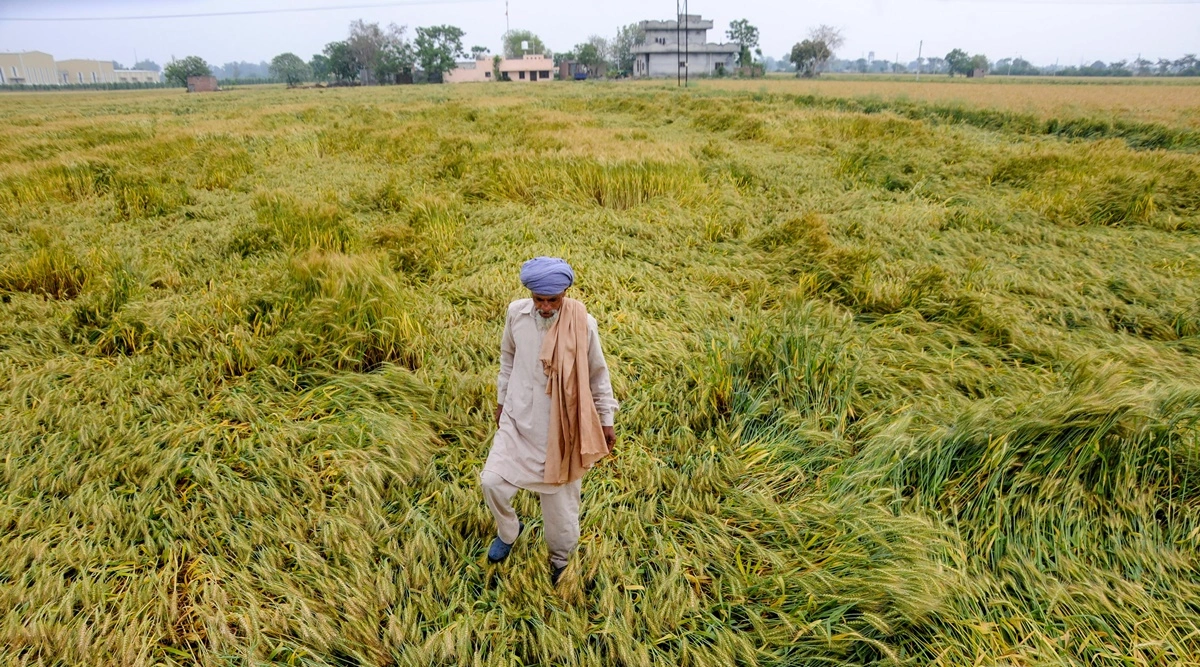Increasingly unpredictable weather has added to market volatility in recent years, we look at how you can reduce your farm business from these risks.
For the most part, the financial impact of weather extremes is absorbed by UK farm businesses, except where risks are insured and in limited circumstances where compensation is paid.
There are no easy solutions to managing agronomic risks in the face of climate change but there are three main areas to consider: business structure; technology; and insurance cover.
Business structure
Many farming business decisions can reduce risk:
- Structural changes, such as selling machinery and using contractors on a stubble-to-stubble basis or on a contract farming agreement can cut overheads and introduce flexibility.
- The greatest flexibility comes with the stubble-to-stubble option, consultants say, including the option of not cropping land at all, with relatively little impact on overheads.
- Letting land on cropping licenses or on a longer-term basis is another route, although not often one that tenants can use.
Contract farming
Alternative business models such as contract farming agreements have been slower to take off in the livestock and dairy sectors, but contract rearing is helping to offset price risk for some, especially where both feed and stock are supplied by a third party.
The unpredictability and extremes of weather make longer-term feed planning and buying particularly challenging. “As farms specialize, they become more susceptible to specific risks,” says Bob Rees, professor of agriculture and climate change at SRUC.
The trend for farms to specialize as livestock or arable creates vulnerability, for example, in disease risks as well as input or output market volatility, he says.
As livestock units become larger, any disease will have a proportionally larger impact on business and on the supply chain, it feeds.
Efficiency
Increasing efficiency, in general, can help reduce risks and mitigate the impact of extreme weather, for example, by reducing livestock finishing times, cutting feed use, improving output and reducing environmental burdens at the same time, says Prof Rees.
However, as the drive to reduce emissions gathers pace there will be opportunities from changes in our weather too.
For example, the UK’s large home-grown protein deficit could be reduced if government policy favored protein production.
Spreading risk
Whether through a greater spread of farming enterprises or a move to add alternative income, diversification is another route to reduce risk, although not one that is easily accessible for some.
However, those considering a move into events or attractions need to carefully consider weather risks here too and might want to include insurance and cancellation policies, say, advisers.
It is expected that in an effort to meet climate commitments, further incentives may materialize for non-food crops for biofuel production as well as on-farm energy generation from renewable sources such as wind, hydro, solar and anaerobic digestion of farm wastes.
These could also help to reduce a farm’s carbon footprint as well as potentially providing cheaper energy.
Insurance
Extreme weather means insurance considerations are changing, says Ed Davey of broker Marsh Commercial.
- Hail cover is becoming more important for sensitive crops such as oilseed rape. This is an add-on to standard farm policies and most relevant to areas identified by insurers as susceptible.
- Storm cover is likely to become a more important consideration with deeper low-pressure systems and the influence of the jet stream bringing higher incidences of risk to the property.
- Flood Higher incidence of high rainfall in short periods, resulting in run-off from land and breaching of watercourses. Note that crops in a field won’t be covered for flood or storm. Crops in the store are not generally covered by standard policies, but if the risk of storm or flood rises then this should be considered, depending on area and site.
- Fire Hot dry summers and rising temperatures create energy which enhances fire risk, alongside the increased likelihood of summer storms such as whirlwinds, tornados and cyclones and any increased risks from this should be taken into account. Cover for standing crops is also not standard, but if the predicted hotter summers materialize, it should be considered.
Much of the flood damage could be prevented with better management of our infrastructure, argues Mr. Davey.
“Here in the UK we’ve not invested in catchment maintenance for 50 years and it’s a completely false economy. We are now paying for that,” he says.
Nigel Wellings, a broker at Acres Insurance Brokers, says: “It is quite likely we will see increases in the cost of a storm and flood insurance for the property on UK farms within the next few years.
“Part of the reason for this is that these premium rates are currently sitting at a historic low price.
“For the last four to five years UK insurers have made record profits (partly because of fewer major weather-associated claims). This has led to more market competition actually driving insurance premium rates down.”
Technology
The fact that the wheat crop looks like going from 16.3m tonnes last year to about 13m tonnes in 2020 clearly illustrates how season-to-season extreme weather makes budgeting and planning challenging.
While livestock producers have just as many challenges, the development of tools to cope with the impact of extreme weather for beef, sheep and pig producers are fewer and often limited to feed planning.
Alongside futures and options, tools to protect against price and yield volatility have been developing slowly, with a couple of launches in the past year and more products on the way.
Stable
Stable went live in February last year and is an online product offering farmers and others the chance to protect against volatility in the price of farm produce or input costs.
The business offers index insurance policies to UK farmers for products including milk, oilseed rape, wheat, feed barley, beef, lamb, pork and diesel, AN fertilizer, pig, poultry and dairy feed.
Independent index prices from AHDB and Defra are used to allow farmers to protect against a fall in the price of a commodity, but still take advantage of any price rises.
Farmers choose which commodity they would like to protect, the volume of the commodity needing protection and for how long protection is needed.
Yield loss protection
Crop shortfall insurance, launched by brokers Lycetts and Farmers & Mercantile in 2019, will trigger payouts for up to 25% of a shortfall in cereals and oilseed yields if they fall below projected regional production.
Total crop output or individual crops can be covered, with payouts calculated on the reduction in output based on the regional yield for the year relative to the regional yield over the past eight years.
Unlike traditional insurance, where insurers must survey the damage, it allows for a quicker and more objective claims settlement process, says Rupert Wailes-Fairbairn, rural divisional director of Lycetts.
In development
Bird’sEye View Technologies is expecting to launch crop loss protection around the time of this year’s Cereals event.
It will be available online only and will payout for a total crop loss, determined by satellite imagery, triggering a payment for those who have subscribed to the service.
Source - https://www.fwi.co.uk


